Spanish moss as mulch?
flgator
14 years ago
Featured Answer
Comments (20)
cjc45
14 years agoyuliana
14 years agoRelated Professionals
Windham Landscape Architects & Landscape Designers · Vernon Hills Landscape Architects & Landscape Designers · Norwood Landscape Contractors · Davidson Landscape Contractors · East Chicago Landscape Contractors · Eustis Landscape Contractors · Garland Landscape Contractors · Holtsville Landscape Contractors · Lynwood Landscape Contractors · Point Pleasant Landscape Contractors · Forest Hill Landscape Contractors · Gaithersburg Decks, Patios & Outdoor Enclosures · Justice Decks, Patios & Outdoor Enclosures · Los Alamitos Decks, Patios & Outdoor Enclosures · Verona Decks, Patios & Outdoor Enclosuresgatormomx2
14 years agomanature
14 years agoKaraLynn
14 years agokim_northrop
12 years agosoleil_blume_hooke
10 years agobamboo_rabbit
10 years agosoleil_blume_hooke
10 years agobamboo_rabbit
10 years agot_u_r_n_e_r_77
5 years agojudyk_2008 9a DeLeon Sprs. (NW Volusia)
5 years agomr1010
5 years agot_u_r_n_e_r_77
5 years agodirtygardener
5 years agot_u_r_n_e_r_77
5 years agodirtygardener
5 years agoNaomie Vlahogeorge
2 years agoEllen Pitel
2 years ago
Related Stories
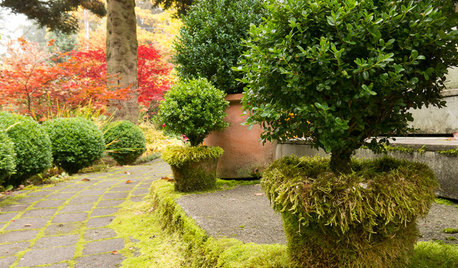
LANDSCAPE DESIGNEvoke Mystery and History With Moss in the Garden
Go ahead, lie about age. Moss on garden statues, planters and pavers creates the beautifully deceptive look of time’s passing
Full Story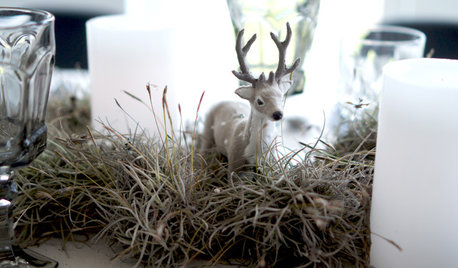
ENTERTAININGHoliday Table Decor Sends a Welcoming Message
This nature-inspired holiday table combines Spanish moss, flameless candles, trinkets and personal notes
Full Story
GROUND COVERSGround Force: 10 Top Ground Covers for Your Garden
Protect your soil from weeds and drought this summer with a living mulch of ground covers
Full Story
LANDSCAPE DESIGN7 Low-Maintenance Lawn Alternatives
Turf isn't the only ground cover in town. Get a lush no-grass lawn with clover, moss and other easy-care plants
Full Story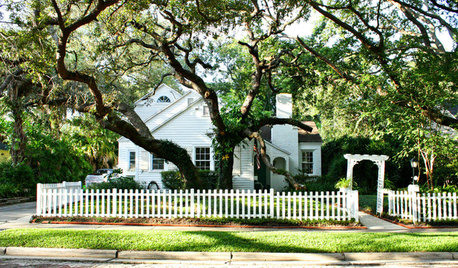
TREESGreat Design Plant: Southern Live Oak Offers an Unbeatable Canopy
Keep it dense or prune it for more light. No matter how you grow Quercus virginiana, it’s a majestic addition to its native landscape
Full Story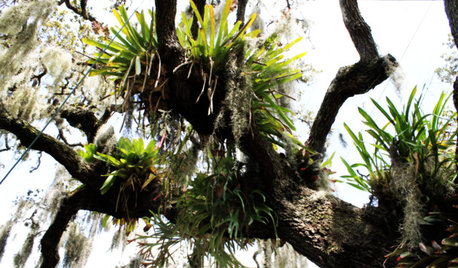
GARDENING GUIDESGot a Hot, Humid Landscape? Add Tropical Flair With Air Plants
Turn tree trunks and walls into lush canvases with plants adapted to the canopies of the rainforest
Full Story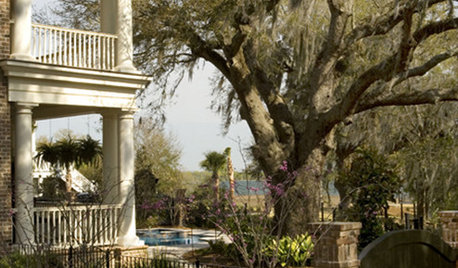
HOUZZ TOURSRegional Design: Charleston and the South Carolina Lowcountry
On the fringes of the South Carolina coast, a range of classic vernacular styles meets modern technology and updated sophistication
Full Story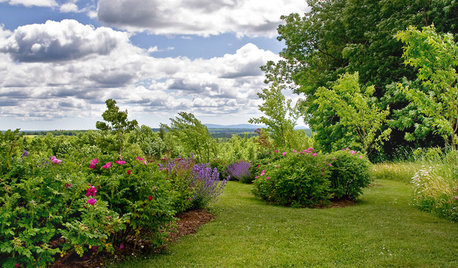
LANDSCAPE DESIGNYour Mini Guide to Great Garden Edges
Get the scoop on trenches to the skinny on bender board, to help keep your garden beds as tidy as you like
Full Story
GARDENING GUIDESGardening Solutions for Dry, Sandy Soils
Has your desert or beachy site withered your gardening creativity? Try these ideas for a beautiful, easy-care landscape
Full Story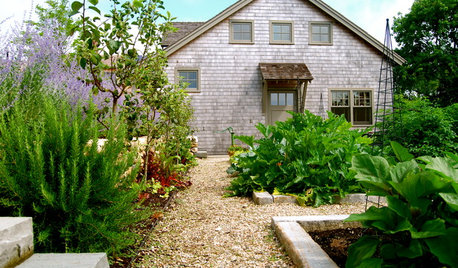
GARDENING GUIDESThe Simple Secret to Gardening Success
Learn the kinds of soil and a DIY type test to make sure you’re putting the right plant in the right place
Full StoryMore Discussions







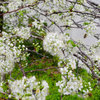
ritaweeda